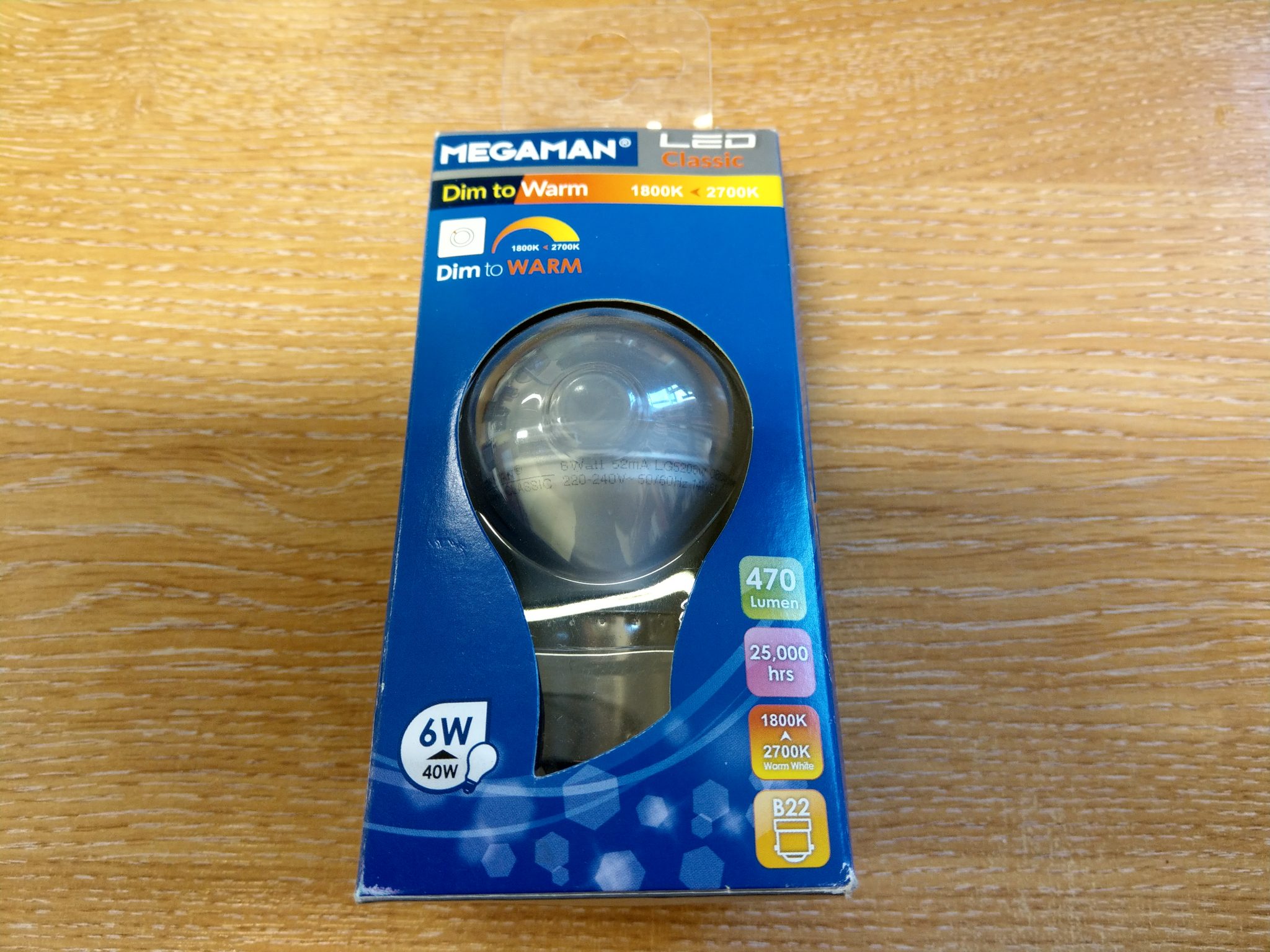This has become my mantra of recent years – “it’s the lumens not the watts that matter.”
When people bought halogen or incandescent lamps (AKA light bulbs) they just looked at the wattage on the box. Usually the higher the wattage, the more light they produced and within reason that was the case. They are simply a glass envelope around a bit of metal (the filament) which the electricity heats up so that it glows (produces light). Branded lamps, such as Osram, Philips, Sylvania, GE, etc. tend to be of a better manufacture so often produce a bit more light, but there’s not a lot you can change to improve things.
However, with LED lamps it’s completely different. LED lamps are designed and manufactured with so many different components to a vast range of qualities. I tend to liken the difference between halogen and incandescent lamps and LED lamps as between a bicycle and a car – there’s a lot more going on in an LED lamp. This goes a long way to explaining why LED lamps are usually a lot more money. It also goes a long way towards explaining the wide range of prices out there. For example, I could line up half a dozen 5W LED replacement lamps and they would all produce different amounts of light because some of them are more efficient at creating light than others. So, if that’s the case, how can you tell what is a good lamp and what is a bad one? You need to look at the lumens – this will be printed on the box if you’re looking in a shop:

The above is 470 lumens. Often you will see a clue on the box as to the comparison wattage to an incandescent lamp, in this case 6W = 40W. If you’re researching online this information will be on the manufacturer’s and should be on seller’s websites.
It’s as simple as the higher the lumens the more light they produce. So, when you’re comparing half a dozen 5W LED GU10 replacements for your ceiling downlights don’t just look at the price, look at the lumens and decide if those cheap ones are really going to be good value (when you throw them away and start again because they are half as bright as the halogens they replaced!).
